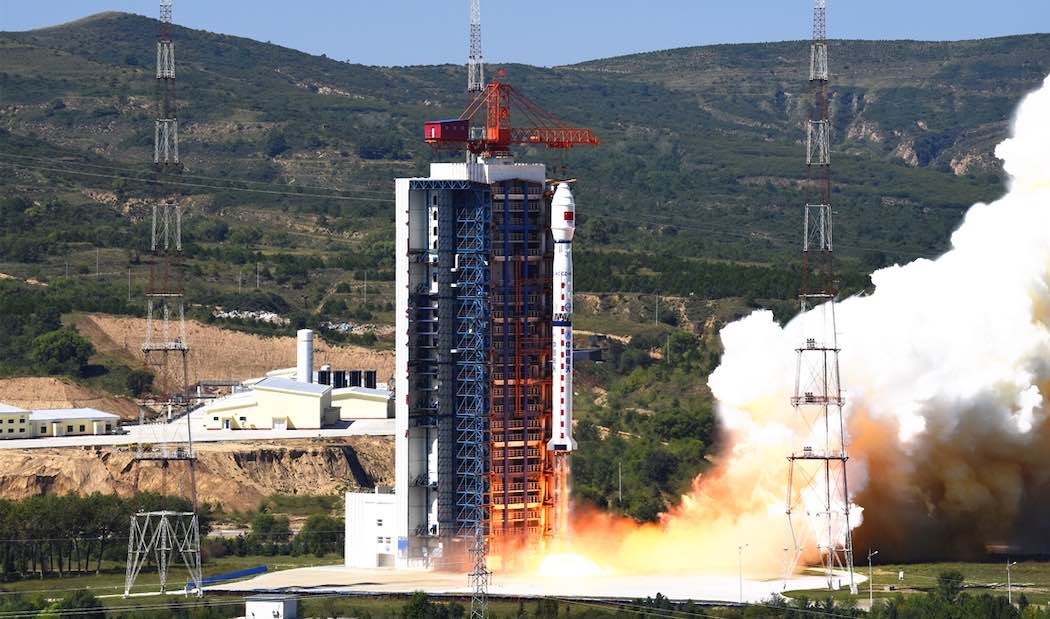
China launched an Earth observation satellite on top of a Long March 4C rocket Tuesday to monitor land surfaces, water resources, and air quality.
The Gaofen 5-02 environmental monitoring satellite took off at 0301 GMT Tuesday (11:01 p.m. EDT Monday) from the Taiyuan launch base, a military-run spaceport located in Shanxi province in northern China.
Liftoff occurred at 11:01 a.m. Beijing time.
The three-stage Long March 4C rocket flew south from Taiyuan to deploy the Gaofen 5-02 satellite into a 420-mile-high (680-kilometer) polar sun-synchronous orbit, according to tracking data published by the U.S. military.
Gaofen 5-02 is beginning a planned eight-year mission with a multi-channel optical hyperspectral imaging instrument capable of detecting variations in land cover, such as different types of vegetation and urban growth. The hyperspectral sensor can also resolve water quality.
The satellite’s predecessor, Gaofen 5-01, also carried payloads to track air pollution and greenhouse gases in the atmosphere. Gaofen 5-02 is believed to host a similar instrument suite.
China’s official Xinhua news agency said the satellite was developed by the Shanghai Academy of Spaceflight Technology, a subsidiary of the China Aerospace Science and Technology Corp., the government-run prime contractor for the Chinese space program.
Email the author.
Follow Stephen Clark on Twitter: @StephenClark1.
